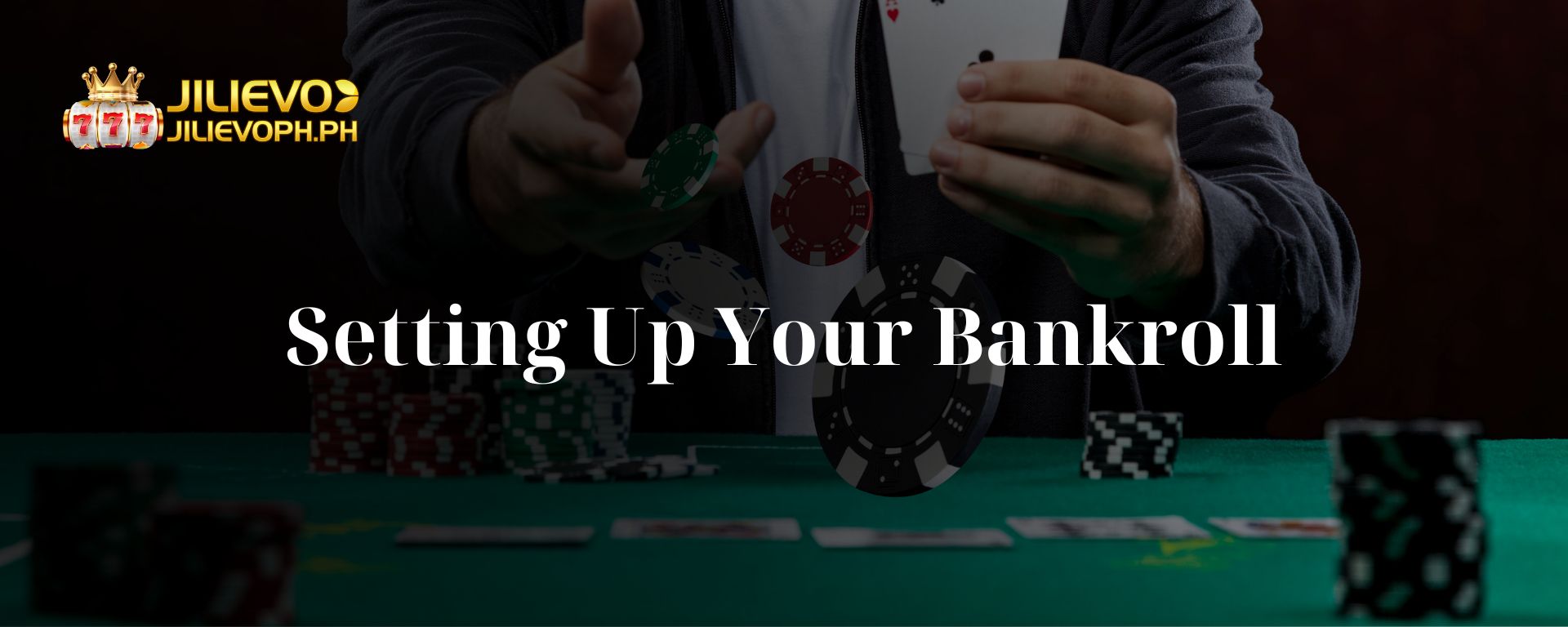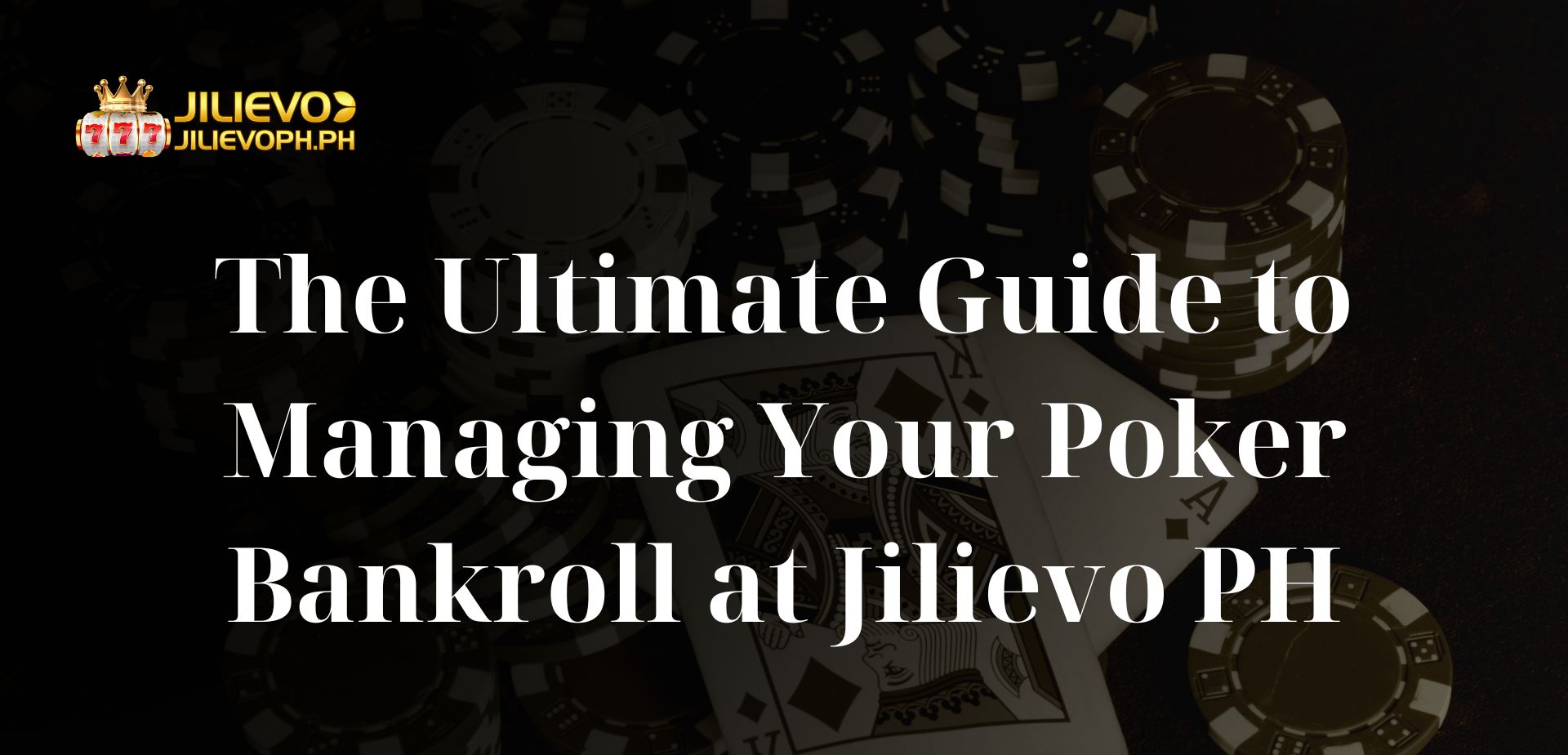In the world of poker, your bankroll is your lifeline. It’s the dedicated amount of money set aside specifically for playing the game. Smart bankroll management is the difference between short-term lucky streaks and turning poker into a sustainable source of income or side hustle. Mishandling your bankroll means risking the dreaded “bust” – going broke – and limiting your potential to grow as a player. Let’s dive in and get you on the road to responsible and successful bankroll management.
Table of Contents
ToggleSetting Up Your Bankroll
The first step to mastering your poker bankroll is figuring out the right starting amount. Here’s what you need to consider:
- Skill Level: Be brutally honest about your abilities. Newer players need a larger cushion (more buy-ins) to handle the steeper learning curve.
- Game Types: Cash games and tournaments have different bankroll requirements. Tournaments experience higher variance (swings).
- Risk Tolerance: How much can you comfortably afford to lose? Be realistic to avoid emotional decisions later.

It’s absolutely crucial to separate poker funds from your personal living expenses. Never use your rent money to fuel a gambling spree! A strong mindset from the start sets the stage for success.
Choosing the Right Buy-in Levels
A “buy-in” is the amount of money you bring to a poker table, whether it’s a cash game or a tournament. Choosing the right buy-in levels is a core part of wise bankroll management.
- Cash Games: The general guideline for cash games is to have at least 20-30 buy-ins for your chosen stake. For example, if you play $1/$2 No-Limit Hold’em, your bankroll should be at least $40-$60 to start.
- Tournaments: Tournaments have higher volatility, meaning your results will swing more wildly. You need a larger bankroll, often around 50-100 buy-ins depending on the tournament type.
- Skill-Based Adjustments: If you’re a beginner, it’s wise to start with even more buy-ins at your chosen stake. As you gain experience and consistently win, you can gradually reduce the number of buy-ins required by your bankroll strategy.
Important Note: These are starting recommendations. Be prepared to move down in stakes if you experience a rough stretch – this protects your poker bankroll.
Understanding Variance
Variance is the name of the game in poker. It refers to the natural short-term ups and downs every player faces–even the best in the world. You could be an excellent player and still encounter losing streaks through no fault of your own. Understanding and accepting variance is fundamental to bankroll management.
The key is to have a large enough bankroll to weather the inevitable downswings. It’s tempting to think, “I’m a good player, I won’t need that many buy-ins,” but this mindset can lead to disaster. Think long-term – your bankroll needs to handle the valleys along with the peaks.
Maintaining a strong mental game is equally vital. Losing streaks can get frustrating, leading to tilt (playing emotionally) which further damages your bankroll. Discipline is your friend!
Moving Up and Down in Stakes
Knowing when to move up or down in stakes is an essential bankroll management skill. Never let ego dictate your decisions!

Moving Up:
- You’re consistently crushing your current games.
- You have enough buy-ins for the next level based on your bankroll strategy.
- You’re mentally prepared for tougher competition.
Moving Down
- You’re on a significant losing streak.
- You’re struggling to beat your current stake.
- You need to rebuild confidence and your bankroll.
There’s zero shame in moving down in stakes temporarily. It’s a smart, protective strategy and far better than stubbornly depleting your bankroll.
Poker Bankroll FAQs
Q: I have a part-time job. Does this affect how I manage my bankroll?
A: Absolutely! If you have a steady income, you can be a bit more flexible with your bankroll. You might reload (add more funds) if needed, but be careful not to fall into a habit of relying on your job to cover poker losses. Always play responsibly within your means.
Q: Can I reload my bankroll if I run out of money?
A: Technically yes, but tread carefully. If you consistently need to reload, it’s a sign you’re either playing stakes too high for your skill level or there are major leaks in your game that need fixing. Reloading should be a rare occurrence.
Q: Are there specific tools or apps to help me manage my bankroll?
A: Yes! There are several apps and websites designed for tracking poker results, analyzing data, and some even offer bankroll management recommendations. Research a few to find ones that suit your style.
Conclusion
Responsible bankroll management at Jilievo PH is a non-negotiable skill for any poker player who wants longevity in the game. It separates the casual players from those serious about increasing their winnings and improving their skills. By following the strategies and mindsets we’ve discussed, you’ll put yourself in the best position to protect your bankroll and climb the poker ranks.


